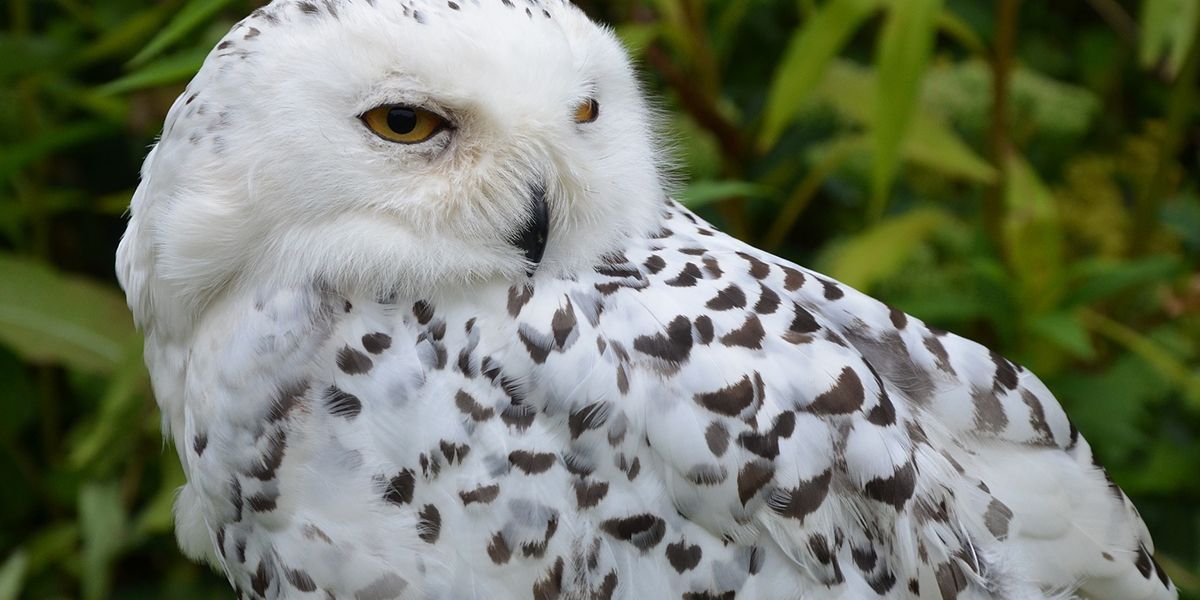Snowy Owl
The Snowy Owl is an Arctic resident of North America and Eurasia. It is one of the largest owls by size and the heaviest by weight of all owls. This bird is easily recognizable by its white head and body, yellow eyes and black beak. It is closely related to the horned owls but does not have the tufts of feathers on its head.
The birds nests in the far north in the summer, scraping out a shallow depression on the ground where the female lays 3 – 10 eggs. Unlike some other owls, the babies, which are born several days apart, do not engage in fratricide (the killing of siblings)
Their main sources of food are lemmings and voles. During the winter the birds may be driven south in search of food. They will take larger prey such as rabbits, hares, raccoons and prairie dogs.
Prey is swallowed whole and the indigestible parts such as hair and bones regurgitated as a pellet later.
The birds nests in the far north in the summer, scraping out a shallow depression on the ground where the female lays 3 – 10 eggs. Unlike some other owls, the babies, which are born several days apart, do not engage in fratricide (the killing of siblings)
Their main sources of food are lemmings and voles. During the winter the birds may be driven south in search of food. They will take larger prey such as rabbits, hares, raccoons and prairie dogs.
Prey is swallowed whole and the indigestible parts such as hair and bones regurgitated as a pellet later.
Fun Facts
Adult Snowy Owls have few natural predators. Young owls are sometimes taken from the nest by foxes, wolves or raptors.

scientific classification
Kingdom
Animalia
Phylum
Chordata
Class
Aves
Order
Strigifomes
Family
Strigidae
Genus
Bubo
Species
B. scandiacus
Where to find us
There is one Snowy Owl at Safari Niagara.
did you know?
Snowy Owls have travelled great distances in search of winter food.
They have been seen as far south as Texas.
In 1886 a snowy owl landed in the rigging of a steam ship on the edge of the Grand Banks 600 km (350 mi) from the nearest land.



